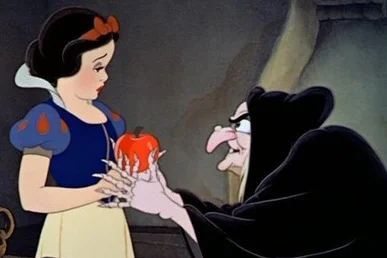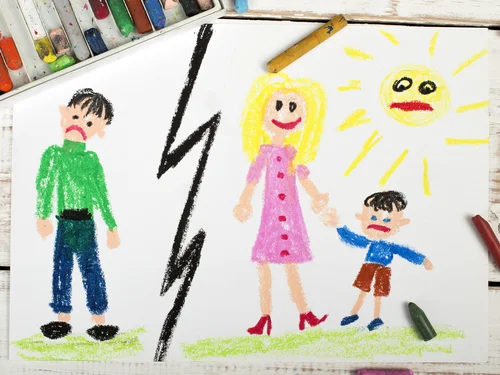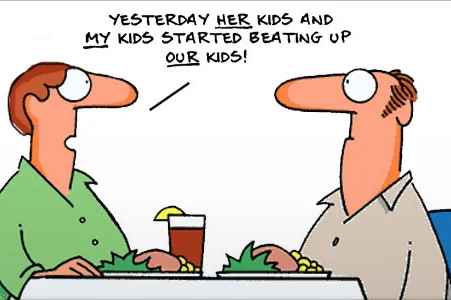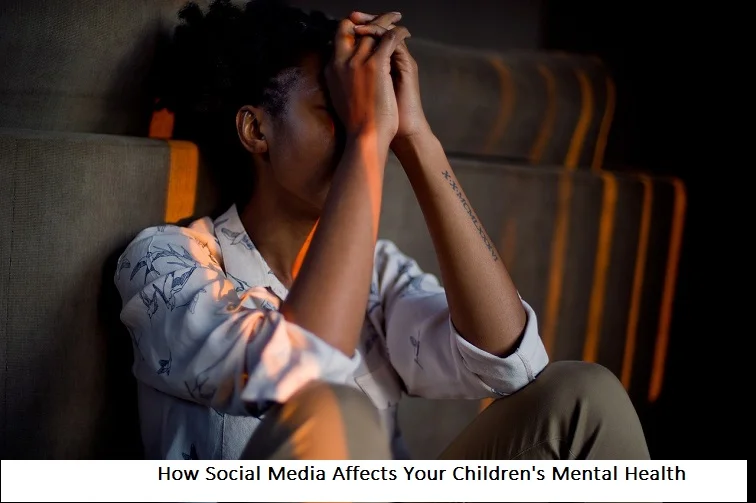+1 845 259 2974 (11 a.m to 7 p.m CST)
Dilemma of Disney’s Stepmom in the Real World

The love of your life introduces you to his kids, secretly hoping the children will accept a new member in their family whole heartedly. On the contrary, he is bombarded with pointed questions and inquisitions that the two of you maybe prepared for. Anyone can be caught off guard when teens show resistance towards a new significant other. Their insecurities around a stepmother usually stem from the stereotypical image created by pop culture; particularly the Disney fairy tales.
This distorted image of a cruel stepmother is at the core of almost every Disney movie, in which the mother is either already dead or dies early and the stepmother is always a villain, who is jealous of the princess’s beauty or estate that her father has left in his will. This stereotypical representation of a stepmother in Disney movies has left a deep impression on the minds of children and society alike.
Constance Ahrons, a sociologist and senior researcher with the non-profit Council on Contemporary Families concluded in one of his researches that only 29% of stepchildren would get along with their stepmoms in the long run. However, 48% of children with stepdads have little or no issue adjusting with a new member in the family. The discrepancy in these statistics reflects the cultural trends of society, which sees a stepmother in a negative light.
Disney – an outdated cultural institution
There is no denying that Disney movies and fairy tales are source of imagination and entertainment during teens' early childhood, particularly for those teens whose parents have been conscious enough to protect them from violent movies. But these parents forget – or perhaps are unaware – that behind Disney’s moral institution and family-friendly front children are indoctrinated with ideas and values which are not akin with the social requirements of the twenty-first century. Consequently, this brainwhashing over time results in negative perception of a stepmother in a teenager's mind.
The movies focus on a world where parents never have an argument or get separated. They are taught not to trust their stepmother, as she will ultimately turn out to be wicked. However, as simple these situations appear in the movies; in mind of a child the stepmom is a figure that is evil. These thoughts are translated into trust issues among teens, which are extremely difficult to overcome. In the real world, children have to face completely different situations. Almost 30% of American children have a step-parent in their family, says Stepfamily Association of America. Due to increasing blended families, stepmoms have to experience lot of pressure, as they are expected to nurture their stepchildren. To meet the challenges of a new family, particularly their stepchildren, stepmoms are becoming more innovative in their approach.
Stepmom's have to be tactful and friendly in their approach to counter the resentment meted out to her by the stepchildren. This is particularly harder with teen stepchildren, who cannot be won over with a toy or bedtime stories. In this situation, a stepmom can:
- Be patient and realistic: Stepmom needs to understand that building a relationship with her husband’s teen kids will take time and extra effort on her part.
- Communicate: Communication is the key to any healthy relationship. Stepmom should talk to the kids and let them know that you are always there whenever they want to talk. Remember; never force them to open up. This will only result in more resentment.
- Never criticize their mother: No matter what problems your husband had with his ex-wife, never criticize her in front of the kids. Your stepchildren would never listen anything against their mother; regardless of her differences with their father.
- Make genuine effort: Don’t try too hard or pretend to make an effort for a positive relationship with your stepchildren. Give your relationship some time so that it evolves naturally.
Stepfamily Association of America has researched that more than half of Americans are or will be raised in a family with step parent. And most likely, these children will be spending more time with their stepmoms, as U.S family courts have started to favor joint custody that allows dads to spend more time with their kids. Keeping in view the growing dependency on stepmoms, it has become imperative that the society creates new standards for them; something which is less influenced by myths of evil stepmoms created by Disney movies and more supportive of stepmom’s role in a family.























